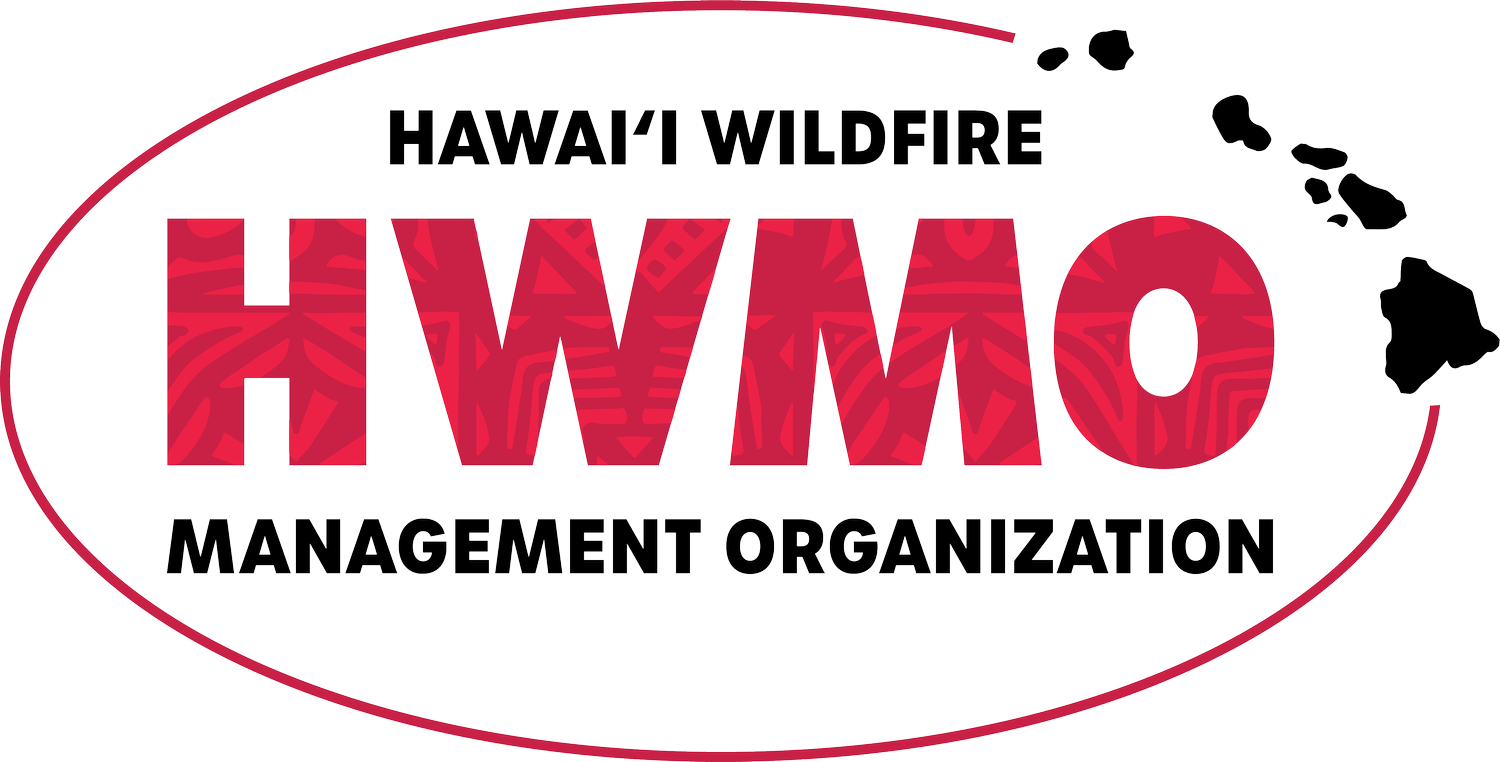Geographer: Drought, Fires Impact Ability of Amazon to Hold Carbon Dioxide
From the Source:
"Fires in the Amazon could jeopardize the forest's ability to soak up carbon dioxide emissions even as deforestation there slows down, according to a Penn State geographer. In an invited commentary in the Feb. 6 edition of Nature, Jennifer Balch, assistant professor of geography, noted that dry weather conditions, coupled with fires, may mean that over time the Amazon forest will lose its ability to take in more carbon dioxide than it releases — going from being a carbon sink to a source."









